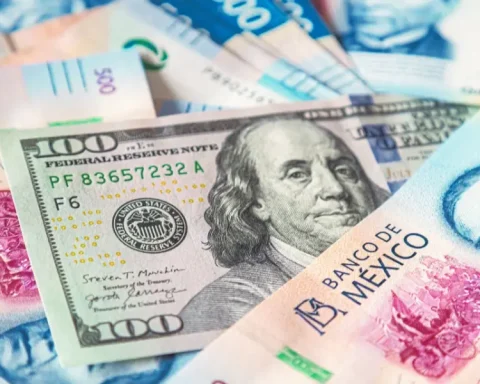The oil prices They were down slightly on Friday but on track to post weekly gains, supported by the prospect of a tight market due to rising US gasoline consumption over the summer and the possibility of the European Union placing an embargo on Russian crude. .
crude oil futures Brent They were down 20 cents, or 0.2%, to $117.20 by 11:04 GMT, but were on track to post a profit of around 4% this week.
oil futures West Texas Intermediate (WTI) from the United States fell 40 cents, or 0.4%, to $113.69 a barrel. The contract was on track to post a weekly rise of about 0.5 percent.
Oil prices have risen to their highest level since late March, benefiting from further declines in US crude inventories,” said Giovanni Staunovo, an analyst at UBS.
US gasoline stocks fell by 482,000 barrels last week to 219.7 million barrels, the Energy Information Administration (EIA). The start of the summer travel season in the United States usually leads to an increase in consumption.
The market has also been buoyed as the European Commission continues to seek unanimous support from all 27 European Union member states for new proposed sanctions against Russia, although Hungary remains an obstacle.
A senior Hungarian adviser said the country needed three-and-a-half to four years to move away from Russian crude and make big investments to adjust its economy. Hungary cannot support the European Union’s proposed oil embargo until there is agreement on all issues, the adviser said.
This Friday, a note from Bank of America (BofA) estimated that Brent crude could exceed $150 per barrel if there is a sharp contraction in Russian oil exports.
Oil prices soared after Russia’s invasion of Ukraine, which Moscow calls a “special operation,” and are currently just below the $120 a barrel level.
“With our target of $120 a barrel for Brent now in sight, we believe a sharp contraction in Russian oil exports could … push Brent past $150 a barrel,” the bank said. in an analysis note.
erp
















